Read{able}
Ideation

Think in Pictures
Conventional literacy methods prevent 340,000 autistic people from learning to read. Reliance on phonics—long considered the standard—overlooks the strengths of visual learners. To prove literacy can be inclusive, I developed Read{able}: a transformative approach to reading that uses visual learning to unlock potential and make literacy accessible for all.
My son has autism and was nonverbal until the age of six. Like many autistic children, he struggles with phonics—not because he isn’t capable, but because he processes the world differently. Words only make sense to him when paired with pictures. He’s a visual learner, like 40-60% of autistic individuals.
We’re rethinking literacy. By pairing words with pictures, we create stories that give children like my son the tools they need to read, communicate, and thrive. Forget decoding sounds or mastering letters—our focus is on building a practical word bank, equipping every child with the words they need to understand, engage, and navigate the world around them.
what if all words were read{able}?
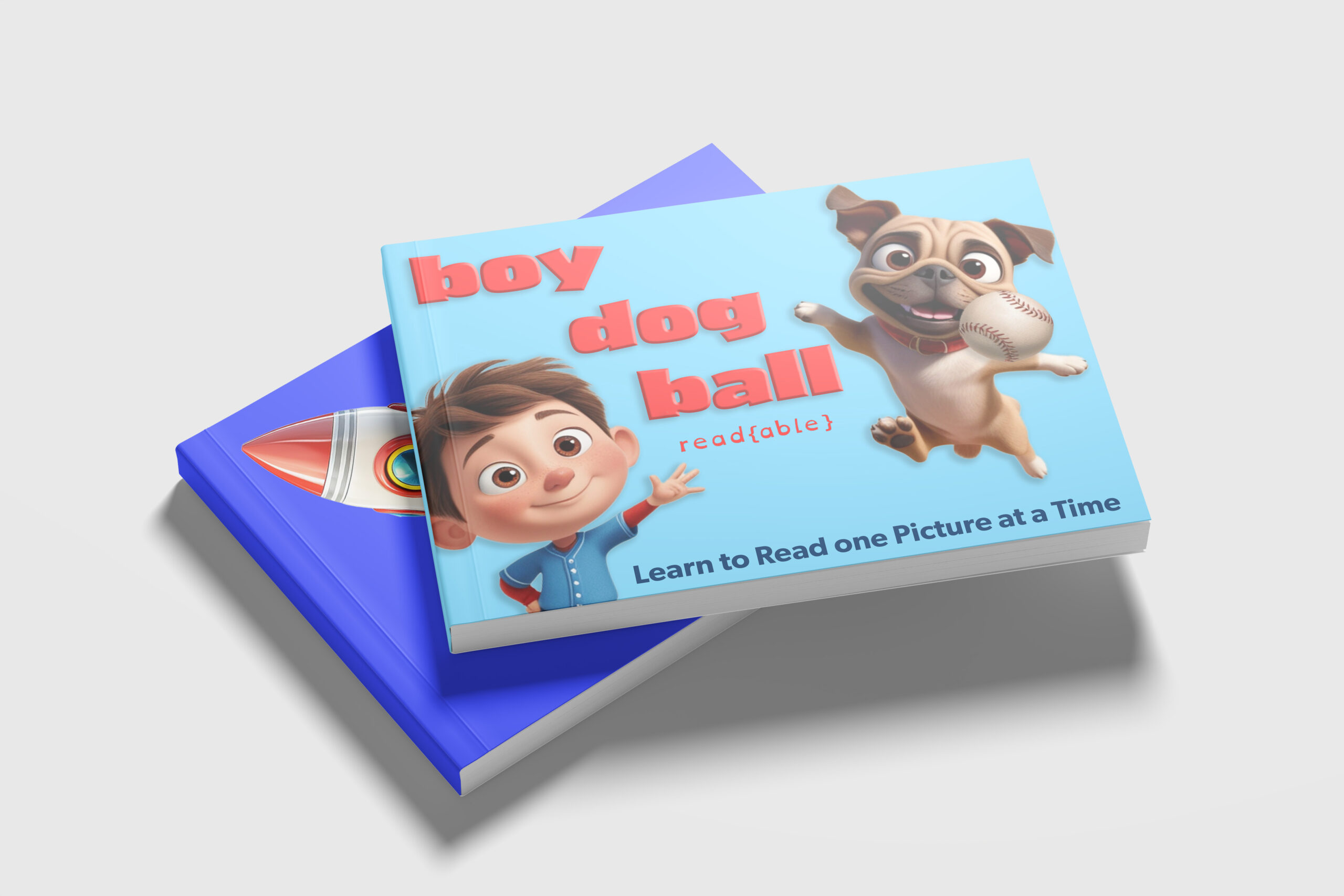
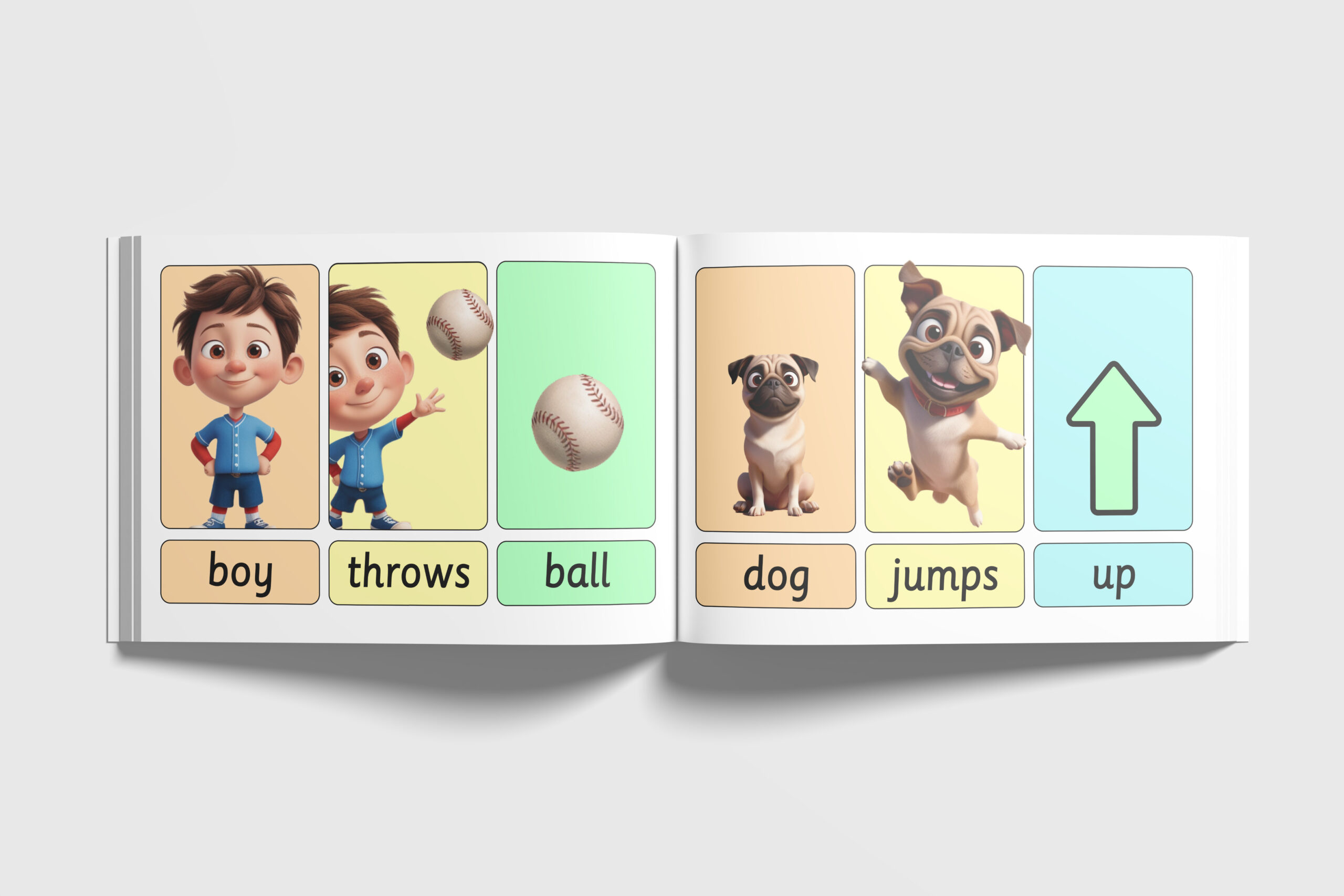
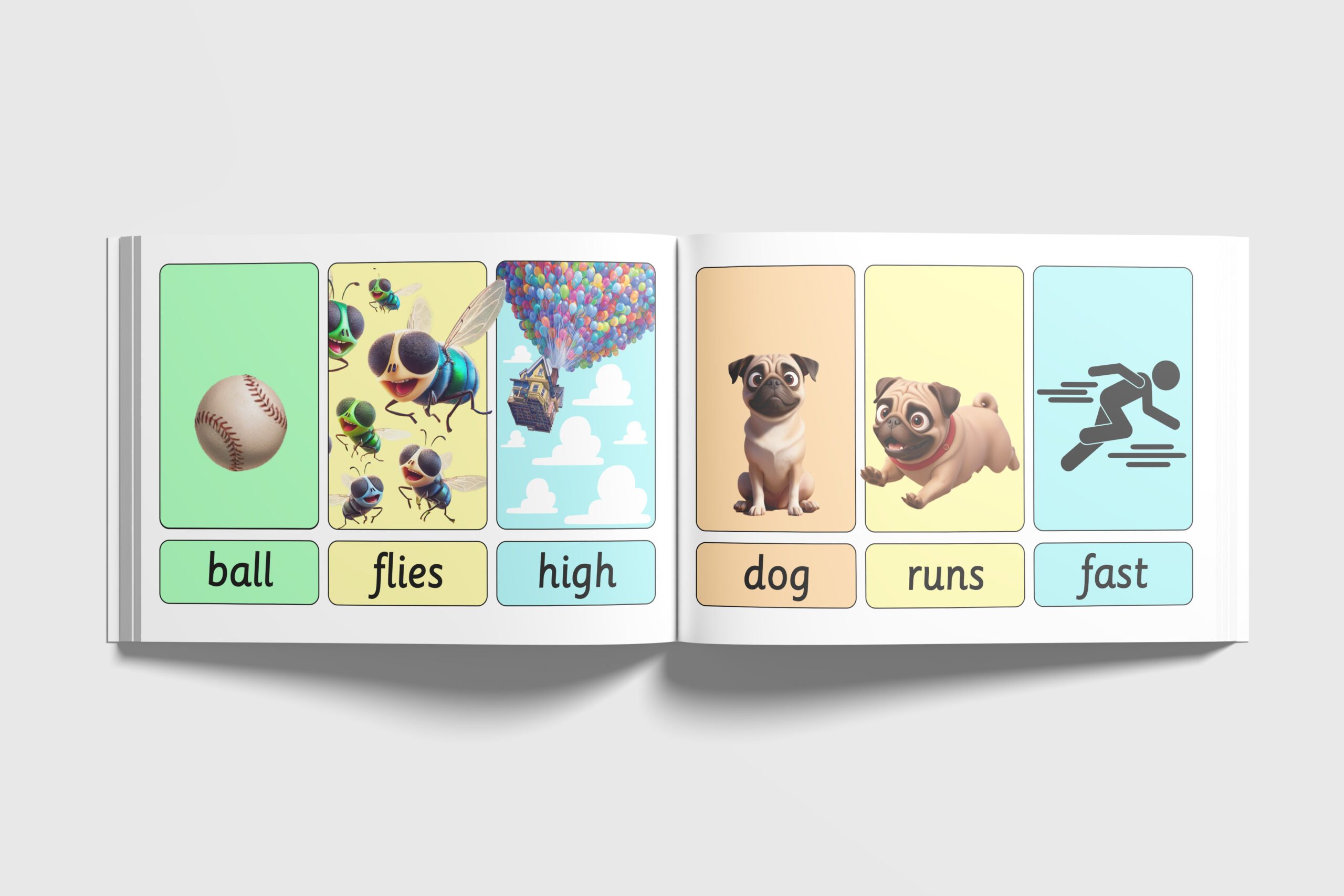
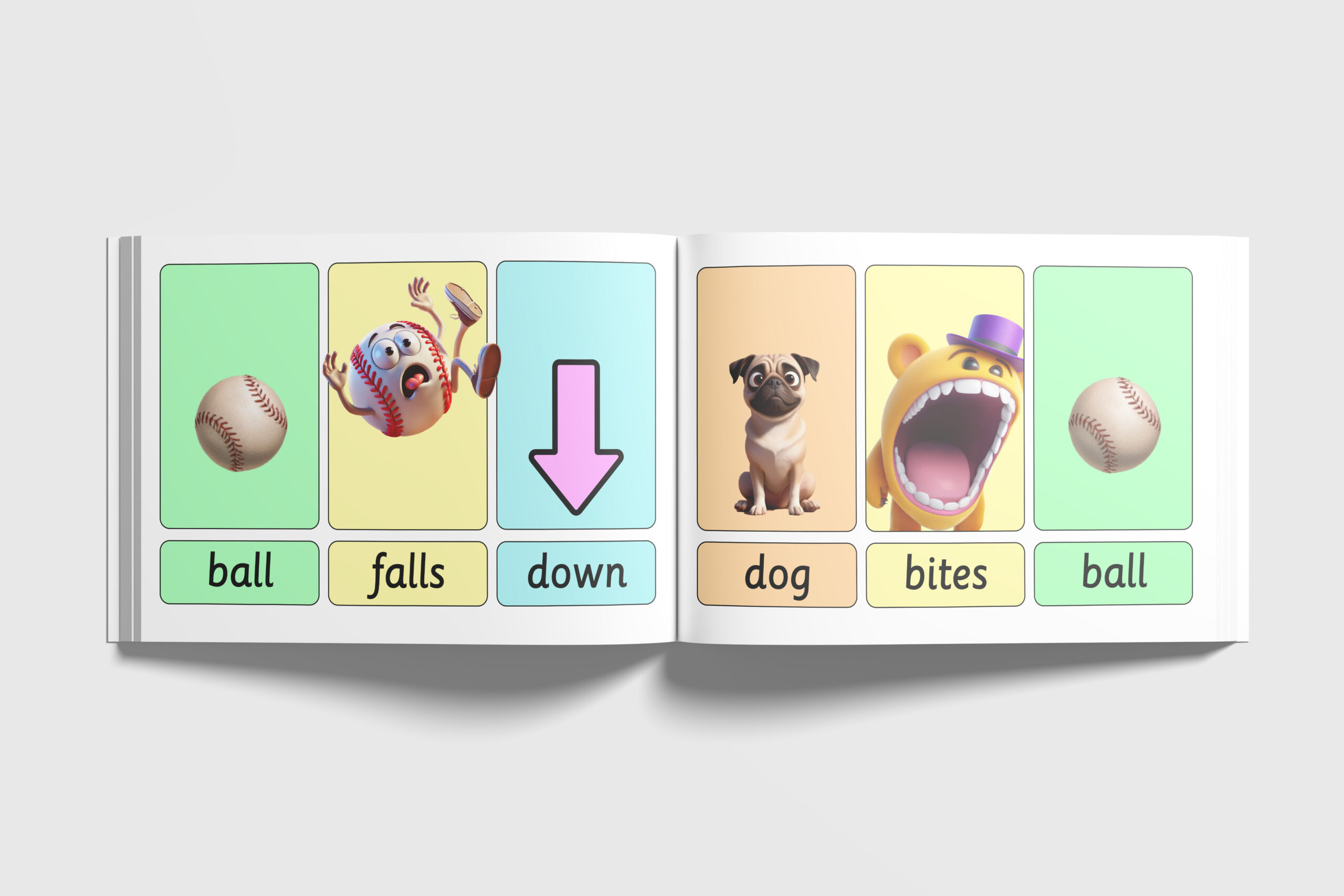
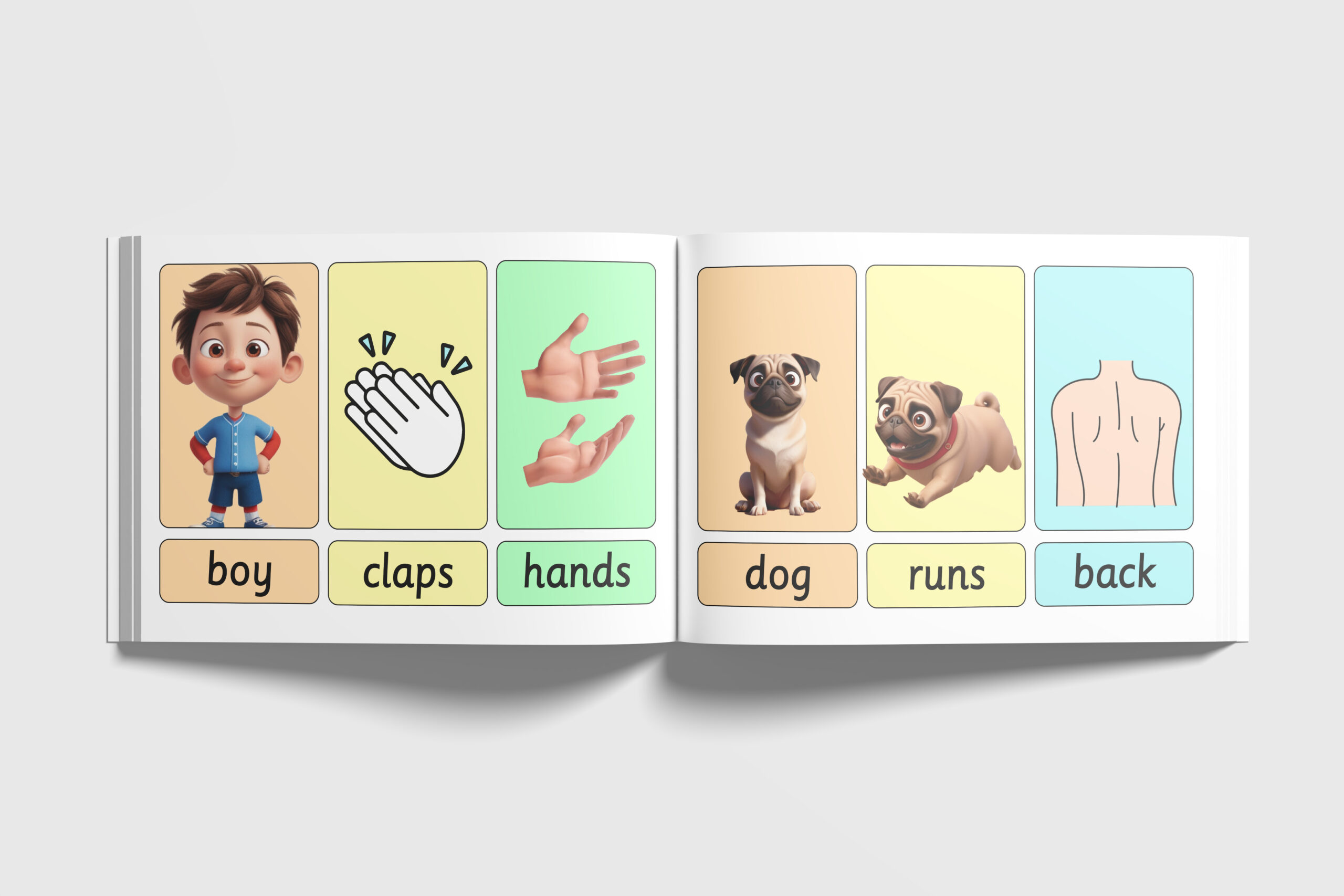
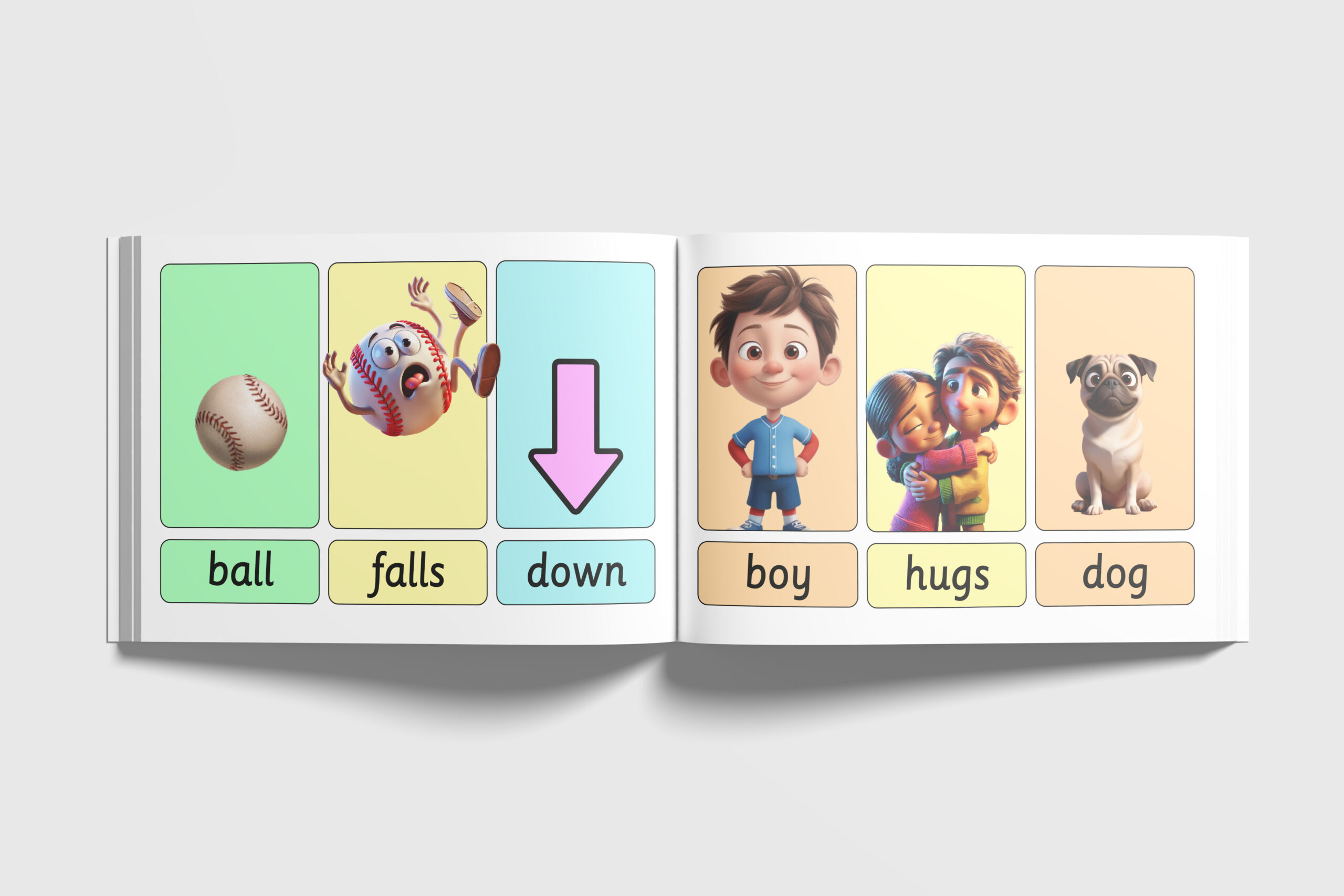
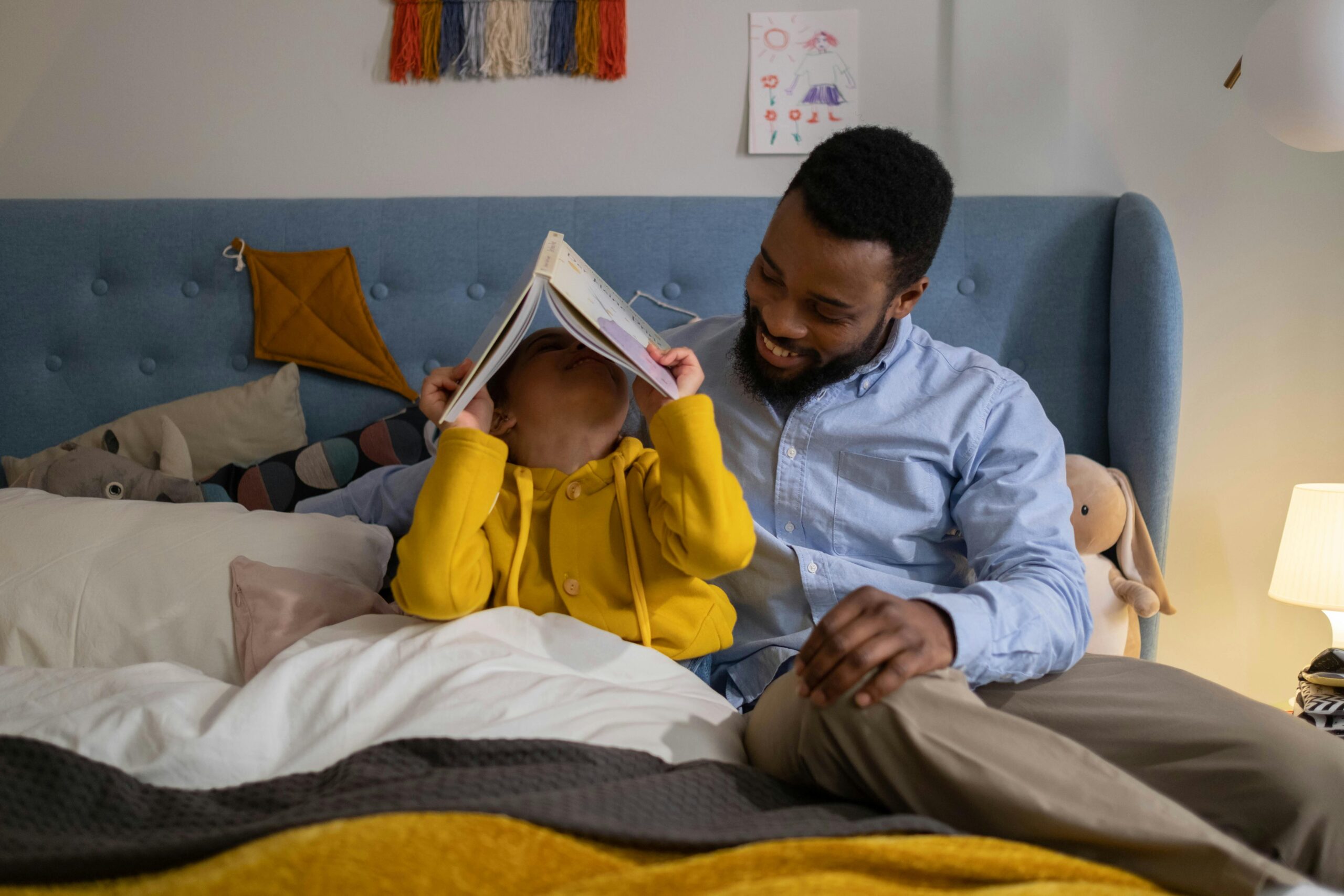

All books made read{able}
Through a partnership with Penguin Random House, we can transform classics like The Gruffalo into accessible formats, while creating original stories designed to unlock the joy of reading for every child. Every story should be Read{able}.


A World Built on Words that Not Everyone Can Understand
We encounter 100,000 words every day—on signs, screens, packaging, and conversations. Words guide us, inform us, and connect us to the world. But for 340,000 autistic people, these words can feel like a foreign language—unfamiliar, inaccessible, and isolating.
Traditional literacy methods rely on phonics, assuming reading is a one-size-fits-all skill. But for the 40-60% of autistic individuals who are visual thinkers, letters on a page don’t always translate to meaning. Instead of learning through sound, they think in pictures. Yet, the education system continues to push phonics as the standard, forcing autistic learners to decode a system that wasn’t designed for them. So, I created a solution with my 10-year-old son—learning from his needs, observing his responses, and understanding how he connects meaning to words. By embracing the way some autistic minds naturally process information, I designed a system that works with them, not against them.
Think in Pictures
Just as every mind is unique, so too should be the way we teach reading. Read{able} is an adaptive literacy system that replaces phonics-based methods with a visual-first approach, designed specifically for autistic learners who think in pictures rather than sounds. Through carefully designed picture books, Read{able} pairs words with clear, intuitive imagery to create a direct connection between language and meaning. Instead of forcing learners to decode abstract symbols, it meets them where they are—turning words into something they can see, understand, and engage with.
Read{able} for Everyone
After developing the idea and presenting it to Swansea Council and the National Neurodivergent Team, discussions are now underway on how we can further develop Read{able} and bring it to those who would benefit most on a wider scale.
As we move into the next phase, the focus is on not only expanding accessibility but also developing a coherent design system—one that ensures consistency, scalability, and adaptability across different learning environments. By refining the structure and execution of Read{able}, we aim to create a seamless, user-friendly tool that can be easily implemented by educators, parents, and neurodivergent learners alike.
Rather than simply accommodating differences, Read{able} is built to embrace them—offering a literacy tool designed for the way visual thinkers naturally process information. This next phase is about scaling an approach that works, ensuring that more children can access a reading method tailored to their needs.
Access to Words and Opportunity
Read{able} has the potential to transform literacy for 340,000 autistic individuals in the UK by making education more inclusive and accessible. By aligning with their visual strengths, it can significantly improve literacy rates, enhance confidence, and create pathways to greater social and economic opportunities.
